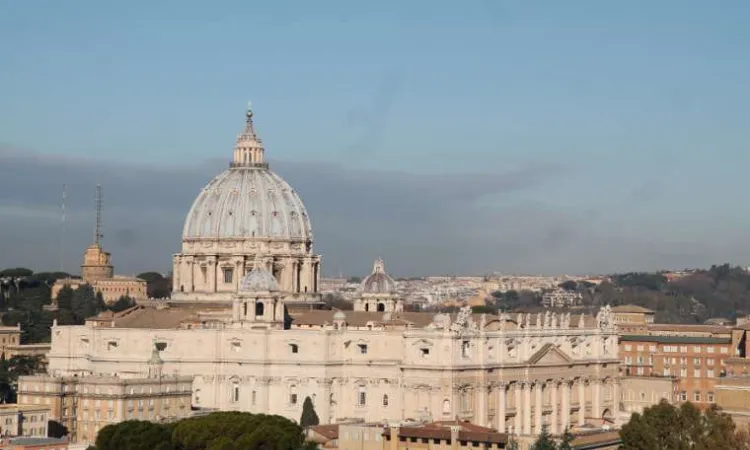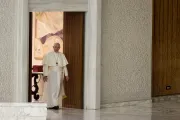The current APSA organizational chart was outlined in 2017. Beyond the president and the secretary, the APSA has an undersecretary, an official for the management control, 13 offices, and services. APSA has 95 employees and about ten collaborators.
The APSA manages the real estate holdings of the Holy See and Vatican City, signs contracts with Vatican employees, and signs the contracts for procurements and maintenance of Vatican buildings. The APSA is also the holder of Vatican accounts opened in national banks. The donations and legacies to the Holy See or the Holy Father become part of the APSA patrimony, under APSA management.
The APSA is the institutional/governmental investor for the Vatican City State and exclusively works for the Holy See bodies or Vatican City State.
Until 2015, the APSA also headed the board of the Vatican pension fund. That ended with a reform enacted May 29, 2015 – one of several recent changes.
More in A Vatican Observer
In October 2016, the APSA underwent another small reform, in which the consultors of the Administration became part of a "supervisory board".
Until 2016, the APSA had 23 people, held by 15 members of the clergy and eight laypeople. All the accounts have now been shut down, and the APSA has no longer bank-like accounts.
In 2020, the Data Processing Center of the ordinary section of the APSA was transferred to the Secretariat for the Economy, thus giving the secretariat a more critical role in overseeing the financial activities.
Gasperini's expertise also touches on business intelligence, business risk assessment, mergers and acquisition, strategic business plans, and profitably analysis. One of his main tasks will be the reorganization of the galaxy of companies and societies used by the Holy See to invest money.
A first clue of the harmonization was the Vatican decision, earlier this year, to shut down nine Swiss holdings and to merge all of their patrimony - much of it going back to the 1929 Lateran Treaty compensation for loss of territory - into one holding, the Profima SA.
Gasperini's appointment would also break a traditional axis between the Italian Bishops Conference and the APSA: Rivella came from the Italian Bishops Conference, bishop Nunzio Galantino, president of the APSA, was formerly general secretary of the Italian Bishops Conference, and mons. Giuseppe Russo, the undersecretary, was previously Italian Bishops Conference responsible for the building of places of worship.



